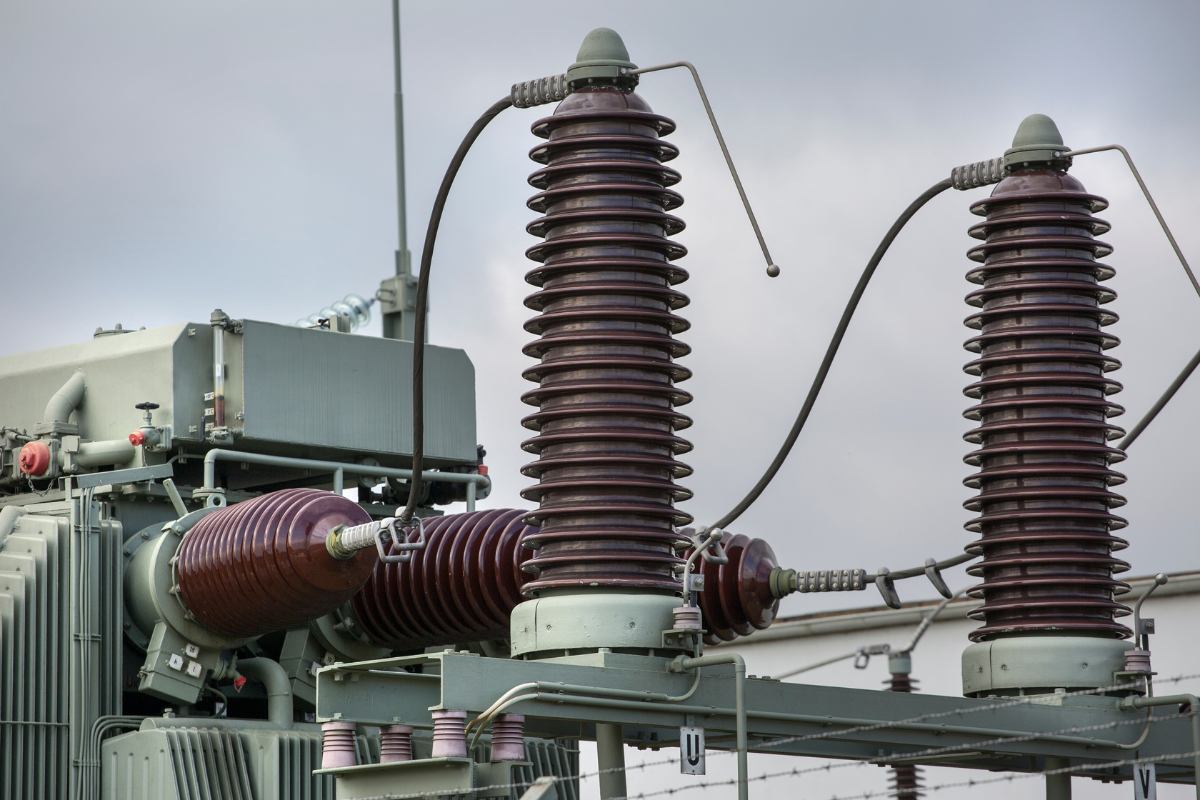
Introduction to Vacuum Circuit Breakers
A vacuum circuit breaker is an essential component in modern electrical systems, designed to interrupt current flow safely during fault conditions. Its operation relies on the arc-extinguishing properties of a vacuum environment, which ensures minimal contact erosion and long service life. For industries, power stations, and distribution networks, understanding the Vacuum circuit breaker ratings and standards is crucial for ensuring reliability, safety, and compliance with international electrical regulations.
Importance of Ratings and Standards in a Vacuum Circuit Breaker
The performance and efficiency of a vacuum circuit breaker depend on its correct ratings and adherence to standard requirements. Ratings define the operating limits and capacity, while standards ensure uniformity and safety across manufacturers and applications. Engineers and operators must carefully select a vacuum circuit breaker that meets both local and international standards to avoid equipment failure, power losses, or unsafe conditions.
Key Ratings of a Vacuum Circuit Breaker
Every vacuum circuit breaker is characterized by a set of ratings that indicate its capability to perform under specific electrical conditions. These ratings define how much voltage, current, and fault level the breaker can handle safely.
Rated Voltage
The rated voltage of a vacuum circuit breaker represents the maximum system voltage it can safely interrupt. For example, medium-voltage vacuum circuit breakers are typically rated between 3.3 kV and 36 kV, depending on the system application. Selecting the correct rated voltage ensures the device operates efficiently without overstressing insulation components.
Rated Current
Rated current refers to the maximum continuous current that a vacuum circuit breaker can carry without exceeding its thermal limits. Common ratings include 630 A, 1250 A, 2000 A, and higher for heavy-duty applications. Exceeding the rated current can lead to overheating and reduced lifespan of the vacuum circuit breaker.
Rated Short-Circuit Breaking Current
This rating defines the maximum fault current the vacuum circuit breaker can interrupt without mechanical or electrical damage. It’s a crucial parameter because during faults, currents can surge to many times the normal value. High-performance vacuum circuit breakers can handle up to 40 kA or more, ensuring quick and reliable interruption during fault conditions.
Rated Short-Time Current
The short-time current rating determines the current that a vacuum circuit breaker can carry for a short period, usually one to three seconds, before opening. This rating ensures the breaker can withstand fault conditions temporarily without damage while waiting for protective relays to act.
Rated Frequency
Most vacuum circuit breakers are designed for a standard frequency of 50 Hz or 60 Hz. However, variations exist depending on the power system specifications. Correctly matching the frequency rating ensures synchronization and optimal performance.
Standards Governing Vacuum Circuit Breakers
The vacuum circuit breaker industry is governed by several international standards that define design, testing, and operational requirements. Adhering to these ensures safety, compatibility, and performance reliability across different systems.
IEC Standards
The International Electrotechnical Commission (IEC) has set multiple standards for vacuum circuit breakers, such as IEC 62271-100 and IEC 62271-1. These standards cover ratings, dielectric properties, mechanical endurance, and temperature rise tests. Compliance with IEC standards guarantees that a vacuum circuit breaker meets global quality benchmarks.
ANSI/IEEE Standards
In North America, vacuum circuit breakers follow the ANSI/IEEE C37 series of standards. These cover test procedures, insulation coordination, and performance verification for both indoor and outdoor applications. The ANSI standards ensure the vacuum circuit breaker is compatible with U.S. power systems and maintains safe interruption capabilities.
GB Standards (China)
For Chinese manufacturers like Aierway, vacuum circuit breakers must comply with GB/T 1984 standards. These are equivalent to IEC requirements and ensure that vacuum circuit breakers produced in China meet both domestic and export-level quality standards.
ISO Standards
ISO certifications further assure that vacuum circuit breaker manufacturers follow strict quality management systems. These standards emphasize consistency, safety, and continuous improvement throughout the design and production process.
Testing According to Standards
Before a vacuum circuit breaker is installed, it must undergo rigorous testing as per standard requirements. Common tests include mechanical endurance tests, dielectric strength tests, temperature rise tests, and short-circuit breaking tests. These tests verify that the vacuum circuit breaker can withstand real-world operating conditions and perform reliably during faults.
Factors Affecting Vacuum Circuit Breaker Ratings
Several factors can influence the ratings and performance of a vacuum circuit breaker. These include ambient temperature, altitude, humidity, and installation environment. For example, at higher altitudes, air density decreases, which can affect dielectric strength, requiring a derating of the vacuum circuit breaker. Similarly, extreme temperatures can impact the thermal capacity and insulation properties.
Importance of Selecting the Right Vacuum Circuit Breaker
Choosing the right vacuum circuit breaker ensures system stability, personnel safety, and cost efficiency. Engineers should analyze system parameters, fault levels, and load requirements before final selection. A correctly rated vacuum circuit breaker minimizes maintenance costs and prevents unexpected downtime.
Role of AIERWAY in Manufacturing Quality Vacuum Circuit Breakers
AIERWAY is a trusted name in the design and production of vacuum circuit breakers that comply with global standards. The company ensures each vacuum circuit breaker is tested for performance, reliability, and durability. With advanced manufacturing techniques and adherence to IEC and GB standards, AIERWAY provides solutions suitable for power plants, substations, and industrial systems worldwide.
Conclusion
Understanding vacuum circuit breaker ratings and standards is essential for ensuring safe and efficient power system operation. Properly rated and standardized vacuum circuit breakers not only prevent equipment failure but also enhance the overall reliability of electrical networks. Manufacturers like AIERWAY continue to lead the industry by producing world-class vacuum circuit breakers that meet the highest international standards, guaranteeing safety, efficiency, and long-term performance.






